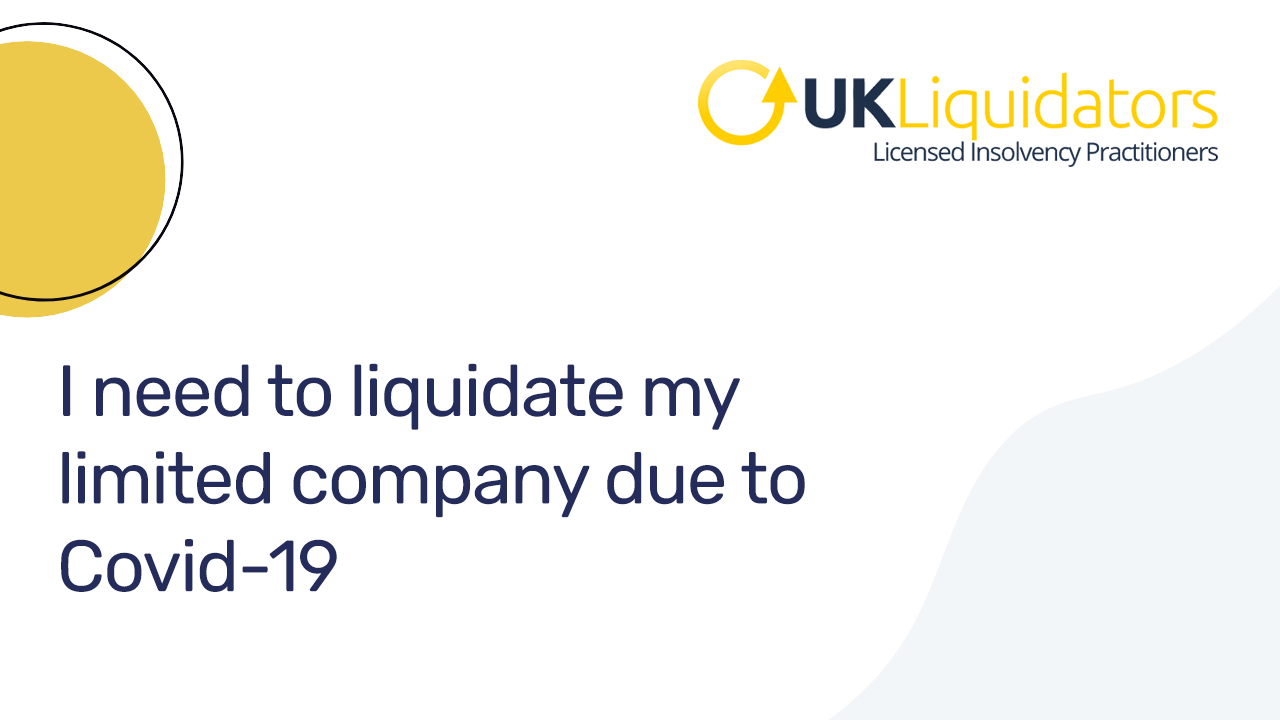The Basic Principles Of Insolvency Practitioner
The Basic Principles Of Insolvency Practitioner
Blog Article
Getting My Insolvency Practitioner To Work
Table of ContentsRumored Buzz on Insolvency PractitionerNot known Factual Statements About Insolvency Practitioner A Biased View of Insolvency PractitionerRumored Buzz on Insolvency PractitionerThe Only Guide for Insolvency PractitionerAbout Insolvency PractitionerThe Buzz on Insolvency Practitioner
Insolvency is when liabilities are higher than the value of the business, or when a debtor can not pay the financial obligations they owe. A company can end up being bankrupt because of a number of situations that lead to poor cash flow. When faced with insolvency, a business or person can call lenders straight and restructure financial obligations to pay them off.Bankruptcy can cause bankruptcy procedures, in which lawsuit will certainly be taken versus the insolvent person or entity, and properties might be sold off to repay arrearages. Company owner may call financial institutions directly and restructure financial debts into more convenient installations. Lenders are normally amenable to this method since they wish to be paid back and prevent losses, also if the settlement is on a postponed timetable.
See This Report about Insolvency Practitioner
The owner produces a proposal describing just how the debt may be restructured using price reductions or other plans for assistance. The proposal shows financial institutions just how business may generate sufficient cash circulation for profitable procedures while paying its financial debts. Generally, a forgiven financial debt might be taken into consideration earnings by the Irs (IRS).

Getting My Insolvency Practitioner To Work
When operations cease, so does the company's earnings (Insolvency Practitioner). Some firms become bankrupt since their products or solutions do not develop to fit customers' transforming needs.
Expenditures exceed profits and costs remain unsettled. Kinds of bankruptcy include cash-flow bankruptcy and balance-sheet bankruptcy. Cash-flow bankruptcy takes place when a business has the possessions to cover their financial obligations but they are in the incorrect type, such as real estate instead of liquid funds. Balance-sheet insolvency, on the various other hand, shows a lack of properties in any kind of form to cover financial obligations.
The IRS states that a person is insolvent when the total responsibilities surpass complete possessions. A insolvency, on the various other hand, is an actual court order that portrays how a bankrupt individual or service will settle their creditors, or just how they will certainly offer their assets in order to make the settlements.
The Main Principles Of Insolvency Practitioner

Financial obligation consolidation is when you combine multiple car loans right into one new funding, usually to accomplish far better terms. Bankruptcy is not the same as insolvency, although a business that has come to be financially troubled might apply for personal bankruptcy. Insolvency is the state of not being able to pay your obligations while personal bankruptcy is a lawful procedure to release your financial debts.
Understanding the aspects that can lead to bankruptcy, such as overspending, can help you avoid bankruptcy and its repercussions.
The Best Strategy To Use For Insolvency Practitioner
It is popular that supervisors and officers view of firms (and supervisors of restricted responsibility companies) owe fiduciary obligations to their organizations and their shareholders (or participants). These fiduciary obligations are specified by state statutes and, though there are variations from state to state, they commonly consist of a responsibility of commitment and a responsibility of treatment.
The duty of treatment calls for directors and police officers to work out persistance, to make enlightened choices, and to act in good faith to make sure that their activities are in the ideal interest of the company. Beyond the extent of this discussion, some states allow these responsibilities to be restricted either by so keeping in mind in the business files or complying with other requirements.
Not known Details About Insolvency Practitioner
A lot of states define bankruptcy in two methods( 1) when Visit This Link a company's obligations end up being greater than the sum of its assets or (2) when the company ends up published here being not able to pay its financial debts as they come to be dueand welcome both definitions (Insolvency Practitioner). The shift in duties takes place since when a business is insolvent, there is no worth in the business past that owed to the company's financial institutions to ensure that the equity owners no more have a financial stake in the firm
Beware regarding offering investors favoritism at the expenditure of lenders (e.g., authorizing and moneying a dividend or a supply redemption). Beware about favoritism between courses of shareholders. Make practical initiatives to find out all the truths before taking a certain program of activity; directors must genuinely think that any type of decisions made remain in the very best interests of the firm in its entirety (i.e., choices will be examined in hindsight because of the result of such actions on the firm).
In any type of bankruptcy or insolvency case, settlements made to specific creditors at the expense of various other lenders can be clawed back, particularly if there is some link in between the company and the creditor. Consider proposing at a yearly shareholder meeting (or any kind of other meeting of stockholders) a resolution affirming that all previous company decisions and activities taken by the directors and officers of the firm were taken in excellent faith after a workout of practical care.
The Insolvency Practitioner Ideas
Fully reveal any kind of personal or company relationships with parties beyond of purchases entailing the firm to stay clear of the look of a dispute of passion. In evaluating potential fund increasing purchases or a sale of properties of the struggling corporation, realize that these transactions might be inspected later taking into account any succeeding growth of directors' fiduciary tasks to consist of creditors.
Report this page